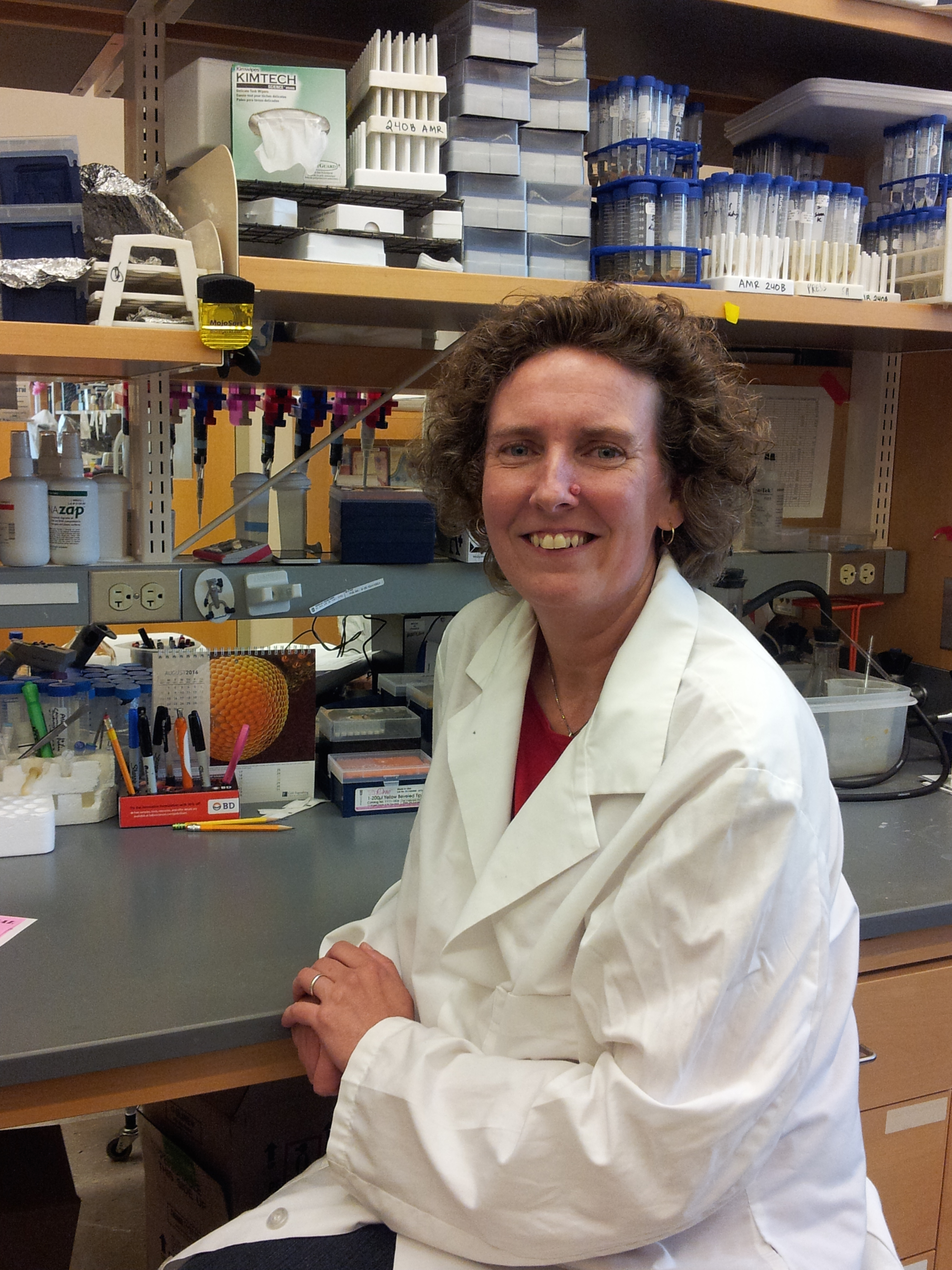TLR9 regulates Axl dependent migration of autoreactive B cells
Abstract
It is now well established that TLR recognition of endogenous ligands plays a critical role in the activation of autoreactive B cells in systemic autoimmune diseases such as SLE. Although the DNA sensor TLR9 is required for the production of anti-dsDNA antibodies, it is surprising that in all the models of SLE that have been examined to date, loss of TLR9, exacerbates clinical manifestations of disease. However, the underlying mechanism for this protective effect of TLR9 is still unresolved.
Migration of autoreactive B cells to target tissues and the formation of tertiary lymphoid structures (TLS) is an important step in end-organ damage in autoimmune disease. TLSs are thought to be the main sites of T cell activation and autoantibody production by autoreactive B cells, leading to immune complex formation and deposition in the affected organ. The formation of TLS was reported to be dependent on B cells as well as chemokines like CXCL13. Hence it is of importance to understand the migratory behavior of autoreactive B cells and how it is regulated. The receptor tyrosine kinase AXL, a member of the TAM receptor family, was shown to play a role in the migration of cancer cells, including B cell malignancies, and expression of AXL in cancer cells is usually associated with worse prognoses. In contrast to DCs and macrophages, B cell expression of AXL is not induced by TLR ligands but is highly induced by crosslinking of the B cell receptor (BCR). Intriguingly, we have found that co-engagement of TLR9 together with the BCR inhibits AXL upregulation. This suppression of AXL induction is unique to TLR9 and does not occur following co-engagement with TLR3, TLR4 and TLR7, pointing to a unique role for TLR9 in the regulation of AXL expression. Furthermore, we have found that AXL deficient B cells have diminished potential to migrate in response to B cell chemokines. Also, in the pristane induced model of SLE, mice with AXL deficient B cells have significantly lower numbers of TLS in the peritoneum compared to mice with AXL sufficient B cells, further supporting a role of AXL in the migration of B cells. We hypothesize that the protective effect of TLR9 is mediated by inhibiting AXL-induced migration of autoreactive B cells to target tissues. We will test this hypothesis with the following aims: (1) Determine the role of the TLR9-induced microRNA mirRNA 34a in the regulation of AXL expression. (2) Investigate the in vivo function of AXL in B cell migration to TLS. (3) Investigate AXL as a potential therapeutic target for SLE. Our studies have the potential to identify a novel and pharmacologically tractable mechanism for restricting the migration of autoreactive B cells and ensuing tissue damage.




